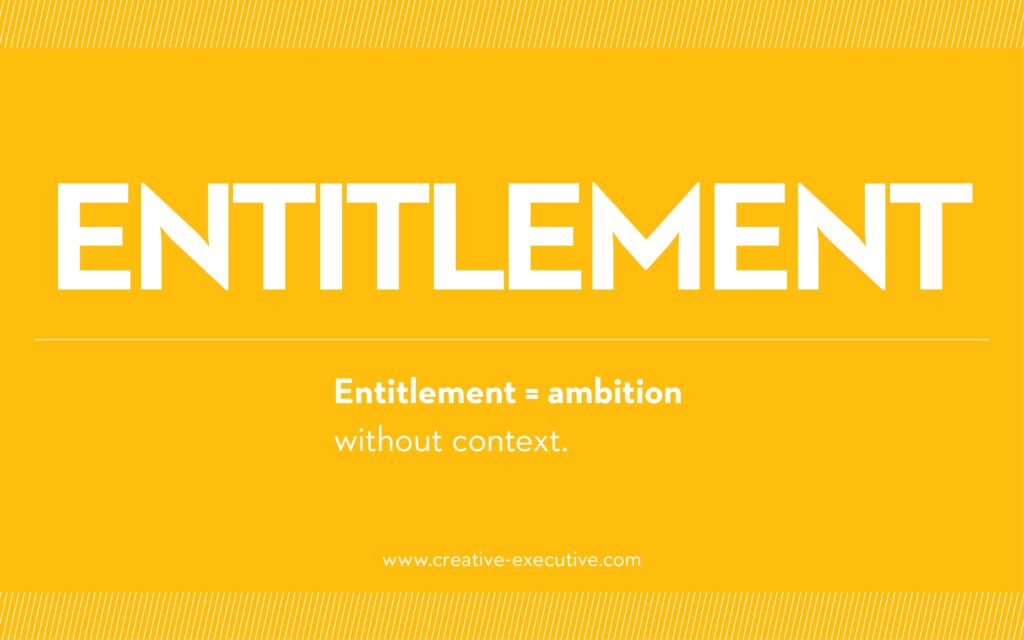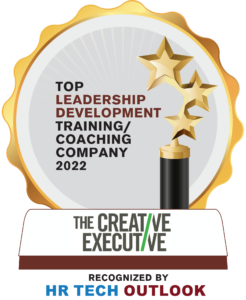One question we get asked over and over again, is, “How do I get my boss or my company to pay for my training and development opportunities?”

Ongoing training and professional development benefit you, certainly, but they also benefit your team and your company at large. Helping your managers imagine the future potential is essential to getting them to invest in your growth. Being strategic in your ask will go a long way. Here are six things to think about before you have the conversation.
Build Your Ask, Strategically
1) Understand your motivations.
Do you want to go to set yourself up to look for another job, or do you want to go to help make you successful where you are?
The intent is always evident eventually. Be in integrity with your “why.” It matters. Make sure that the company footing the bill will actually get the benefit of what this experience will yield you or think about covering the cost yourself.
2) Justify the investment.
To get your company to pay for your training and development, you’ll need to show that the value they’ll get from investing in you is worth the cost of the training and the time it will take you away from the office. That value could look like:
Your growth. When you remove yourself from the day-to-day grind to get back in touch with the big picture and make some actionable plans, magic happens. Your company wants your brilliance and insights. Giving you a chance to learn and grow is the way to get them.
The growth of others, and the company. You aren’t the only one who needs this experience, but you may be the only one who can go. What can you bring back and share? Inspiration? Creativity? Ideas? Tools? Show how your growth will help your team and the company grow.
3) Be strategic about when you ask.
You’ve put in the thinking. Don’t waste it on bad timing. When will your boss or other decision-maker be most receptive to hear your request and understand the value of what you want to do?
Is fall/winter a better time to discuss based on annual budgets? Sometimes professional development is the first to go when budgets are running over end-of-year.
Is it better to ask via email and then follow up in person? Or is your boss more likely to be open when he’s got five minutes between meetings?
4) Stay committed.
If you don’t get a response, don’t give up. When something isn’t deemed urgent, it can slip to the bottom of your decision-makers list. Continue to ask (without being a pest) until you get a clear yes or no.
5) Be gracious.
Someone is taking the time to hear your professional wants and needs. While we might assume that’s the way it should be, it’s often not the case. Appreciate your decision-maker. Say thank you regardless of the answer.
6) Respond accordingly.
If you get a yes, high fives! Nice job. Revel in the experience as much as you can.
If you get a no, high fives! You took a stand for your own professional growth. You may not have gotten what you wanted, but you did help lay the groundwork for next time.
Let us know what’s worked for you.
Good luck! You are worth it. We promise.


